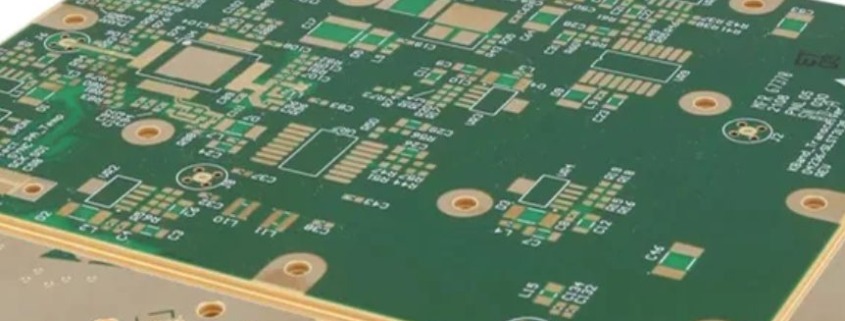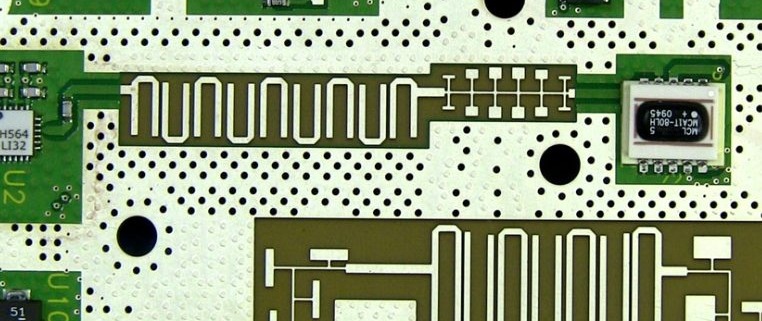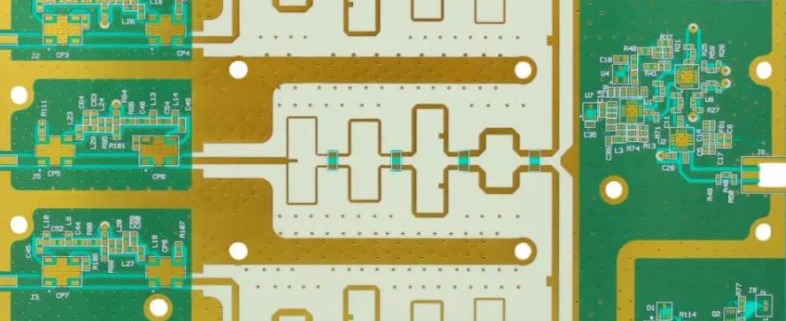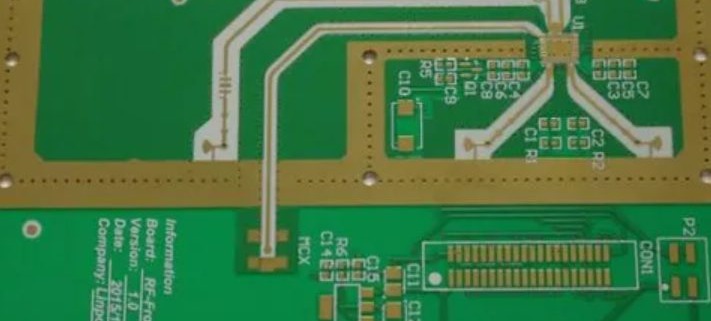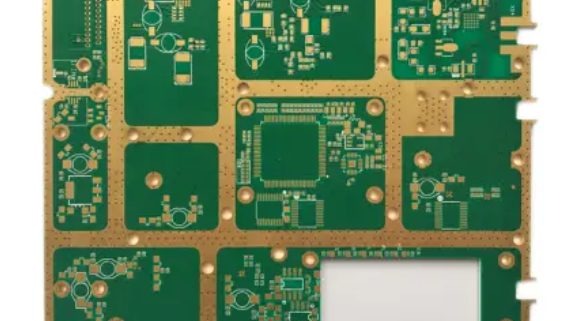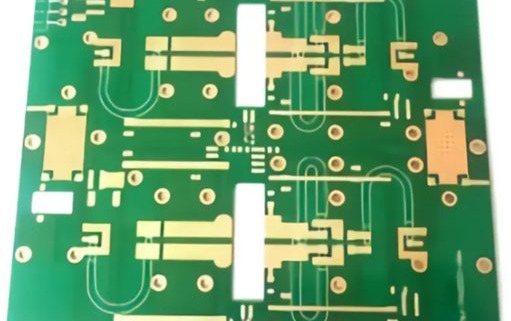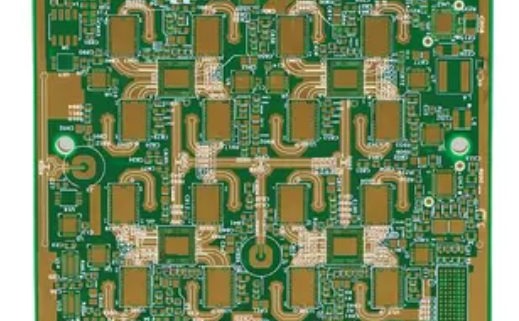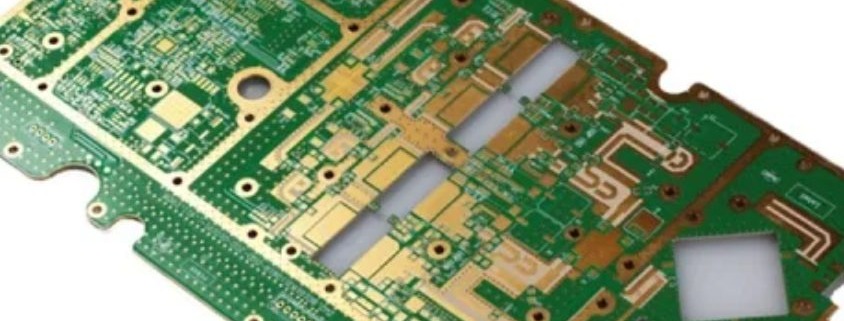What is Mobile Substrate? Mobile Substrate is a powerful framework designed to enhance the capabilities of jailbroken iOS devices. It allows users to install custom tweaks, apps, and modifications that would otherwise be impossible to implement on a standard, non-jailbroken iPhone or iPad. In the jailbreaking community, Mobile Substrate plays a crucial role by providing the necessary tools for developers to create extensions that alter system behavior and enhance device functionality.
Mobile Substrate is closely tied to Cydia, the primary package manager for jailbroken devices, which enables users to easily find, install, and manage these modifications. The connection between Cydia and Mobile Substrate is fundamental, as it allows users to unlock the full potential of their iOS devices, from visual customizations to advanced system tweaks. This combination has significantly impacted the iOS ecosystem, giving users more control over their devices.


